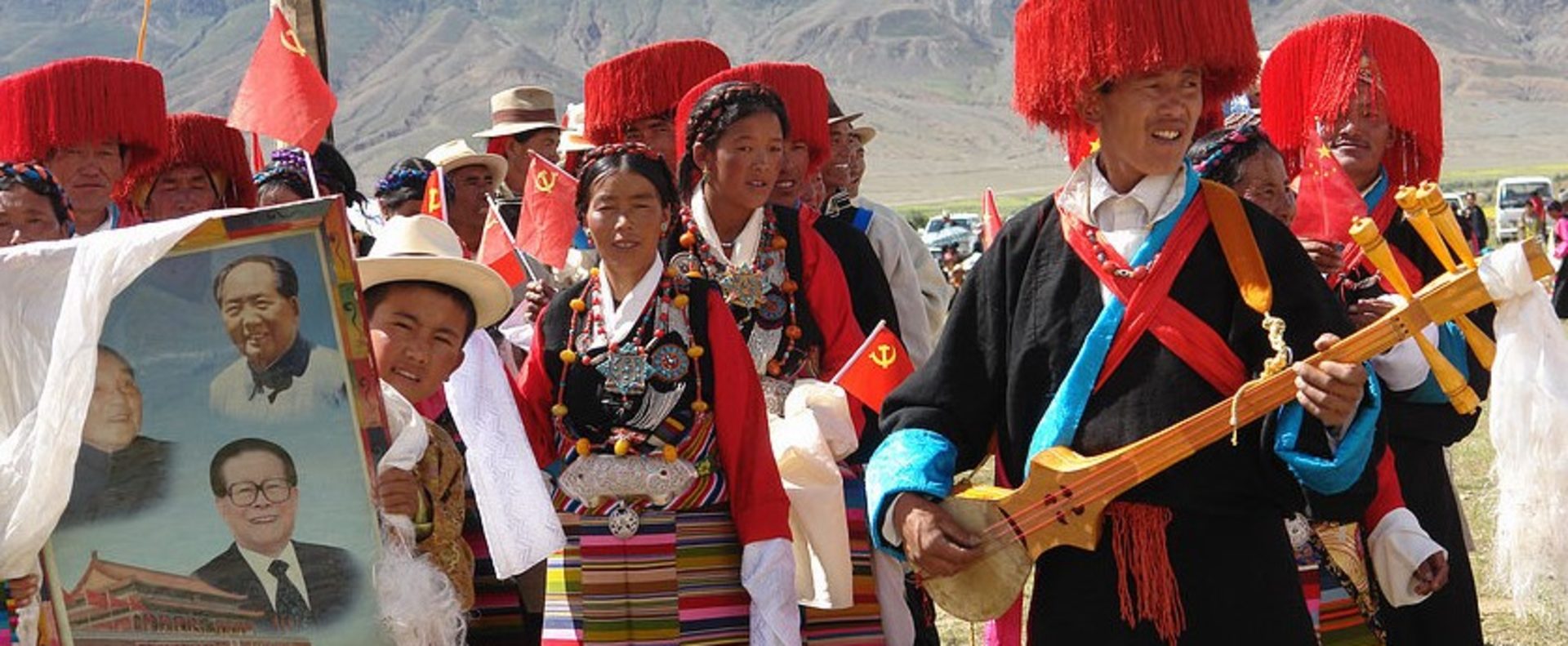
The China Association for the Protection and Development of Tibetan Culture (CAPDCT) is a GONGO (Government-organised Non-Governmental Organisation) described in the words of former Chinese Communist Party (CCP) Politburo Standing Committee member Jia Qinglin as “an important platform for foreign propaganda about Tibet and Tibetan culture”. It operates under the administration of China’s Ministry of Civil Affairs, and ideological guidance of the United Front Work Department (UFWD). Its founding aim is to “vigorously develop the new socialist culture of Tibet”” as well as providing propaganda and soft power outreach concerning China’s Tibet policies.
The Association’s leadership comprises senior officials from the UFWD as well as subordinate organs such as the State Administration for Religious Affairs (SARA). Its roll of Directors includes hundreds of workers of Han and Tibetan ethnicity in current or former positions related to Tibetan affairs within China's ruling elite, with representatives the fields of politics, diplomacy, propaganda, academia, religion, industry, commerce, literature and art, operating both inside Chinese territory and overseas.
At the CAPDTC’s 2004 inauguration Jia Qinglin (then No.4 rank in the Politburo Standing Committee) addressed the members, stating “Tibet has long been an integral part of Chinese territory” and “historical fact reflects the unity of all ethnic groups in Tibet”. He emphasised the CCP’s concern for the “protection and development” of minority cultures, and made explicit his expectation of “joint efforts of the community” to maintain the unity of the motherland.
In 2006 the CAPDTC organised the first “China Tibetan Culture Forum” in Beijing, promoting Tibetan culture based on its purported role as “a component of Chinese culture”. During the forum CAPDTC Honorary President and high-ranking UFWD official Liu Yandong explained that development must discard “all eroded and backward values” to be consistent with national policies for accelerated economic and social development.
Reporting on the 2011 TAR Communist Party Congress, and the Party’s decision to “deepen the reform of the cultural system” in Tibet, CAPDTC Executive Director Shen Kai-yun, a high-ranking CCP official, stated “Tibetan culture itself should become strong enough to face hostile international forces such as the destructive troublemakers of the Dalai Lama’s separatist group, whose purpose is to create cultural isolation.” As such, the protection of Tibetan culture can be understood as protection from those struggling for Tibetan independence. Shen has made efforts to fulfil the CAPDTC’s aim to “build up a high quality platform to better align Tibetan culture internationally.” For example, after a 2009 tour to Europe to influence opinion leaders and shape perceptions of China’s relationship to Tibet, he stated “This is a subtle process… the potential impact of which may be reflected afterwards in attitudes and practices towards Tibetan affairs.”
The CAPDTC’s program of soft power outreach follows typical “qiaowu” (“overseas Chinese affairs”) tactics including: exhibitions and seminars at home and abroad; attending international conferences such as UN meetings on Human Rights; sending “Tibetologists” abroad; inviting foreigner friends to visit Tibet; and “making extensive contacts with Tibetans living abroad”. The participation of “patriotic overseas Tibetans” such as the late Gangchen Tulku and Akong Tulku in directing the activities of the CAPDTC facilitated the international dimension of its work.
China Claims it will Protect Tibetan Culture Heritage, Tibet Post (2010-07-01)